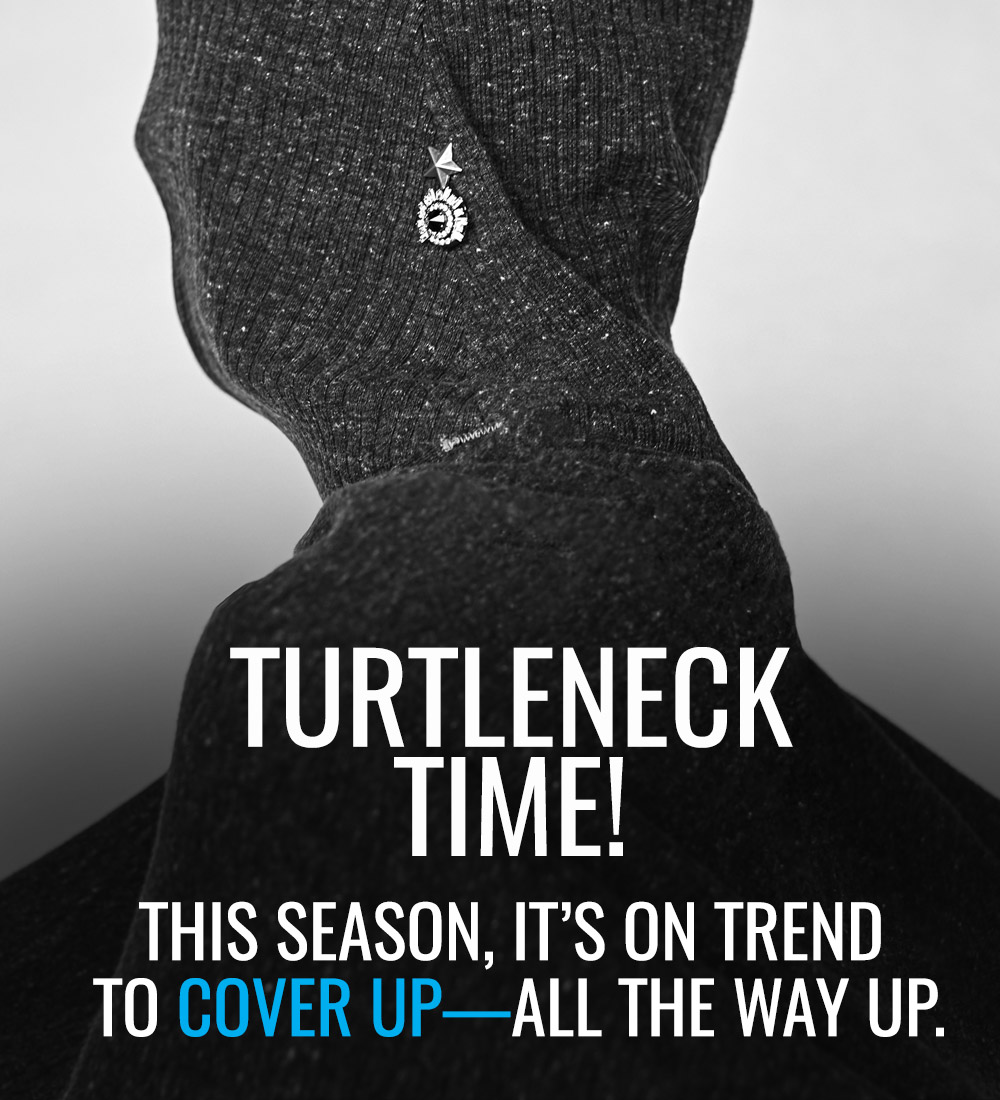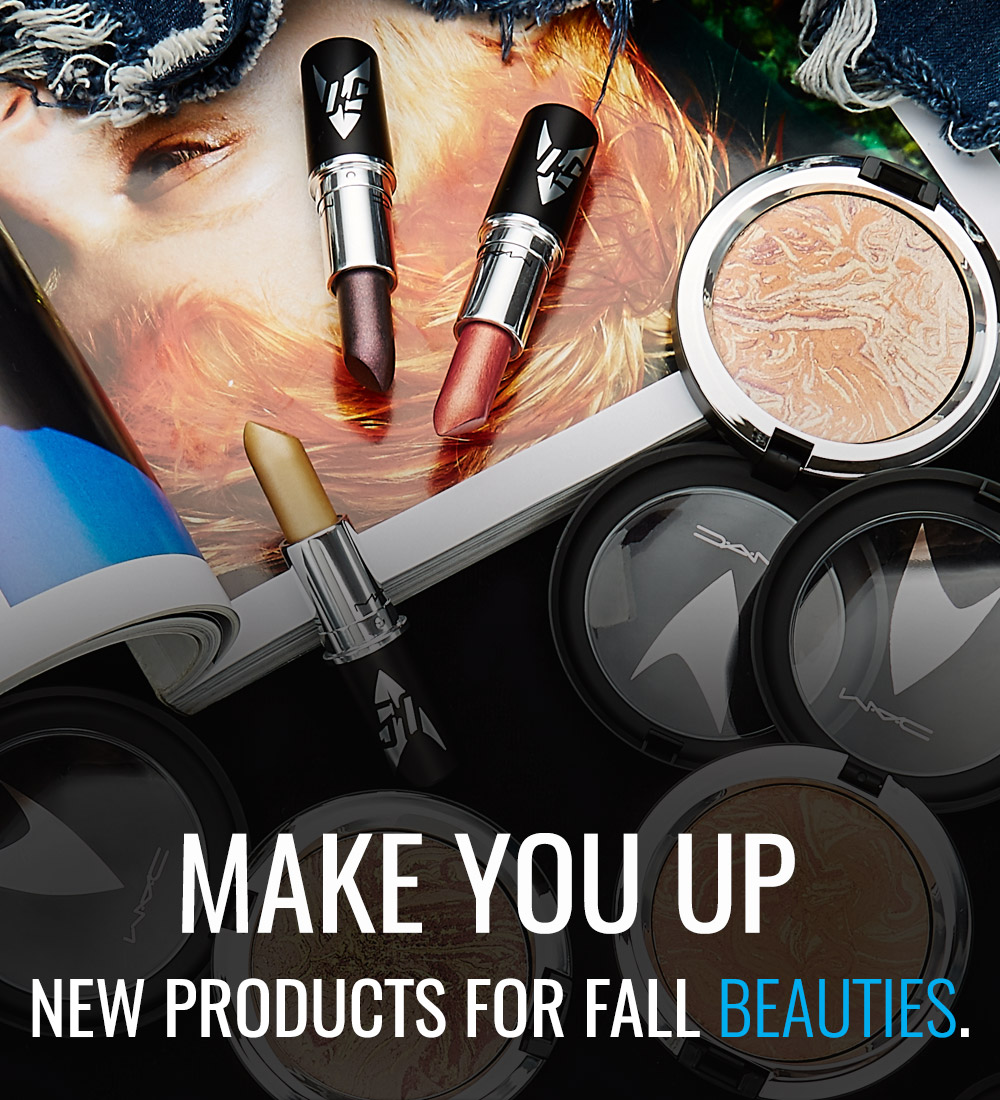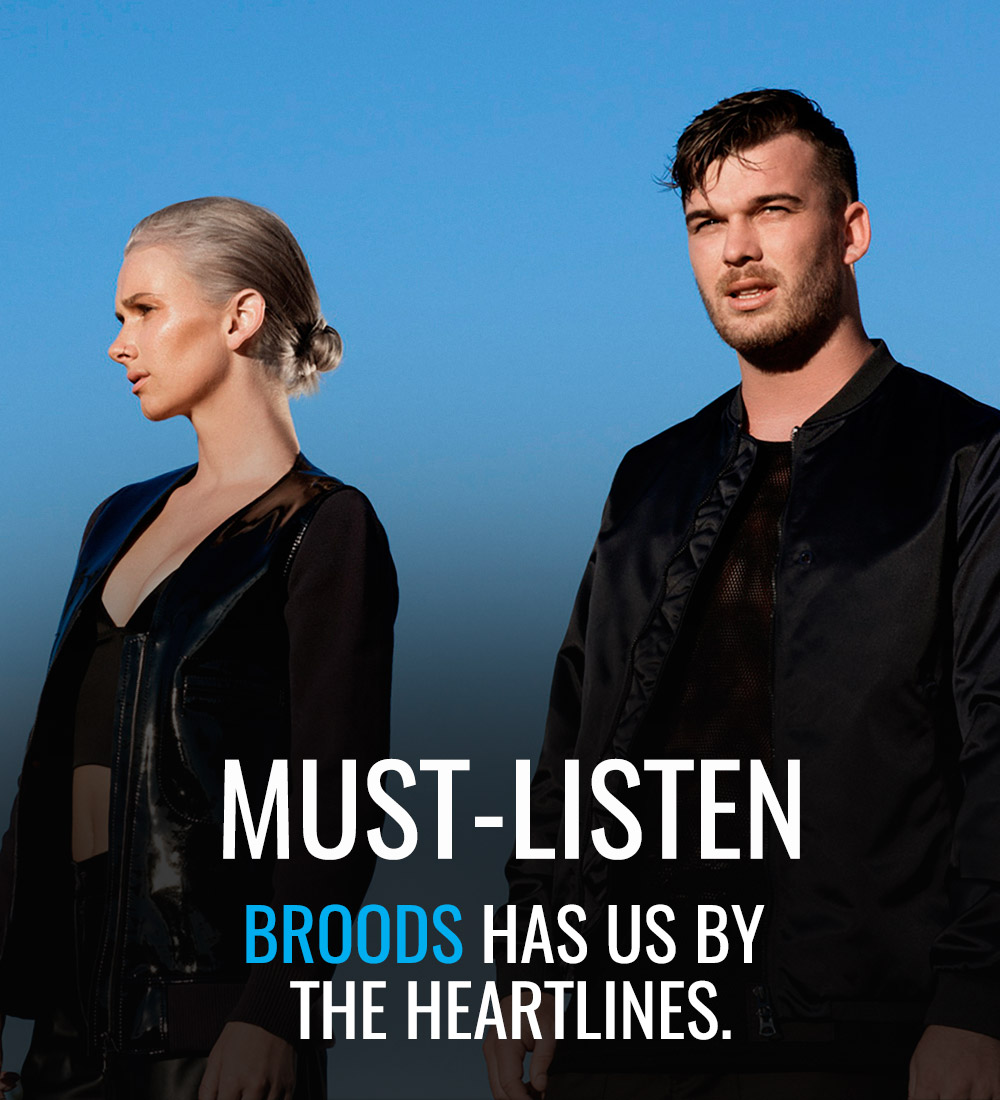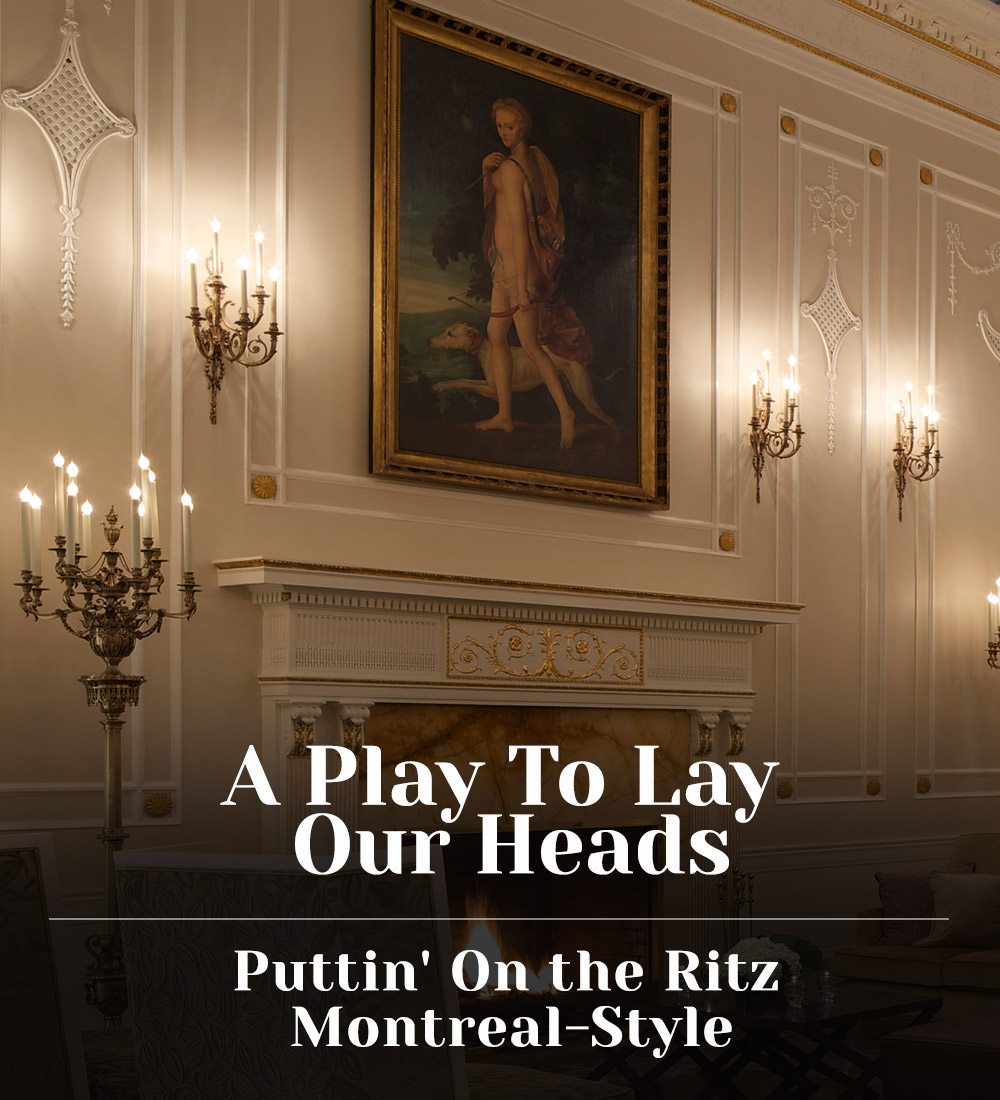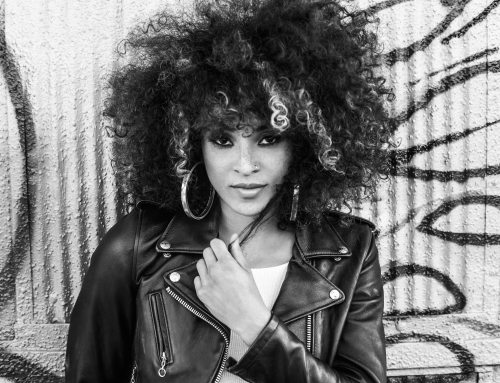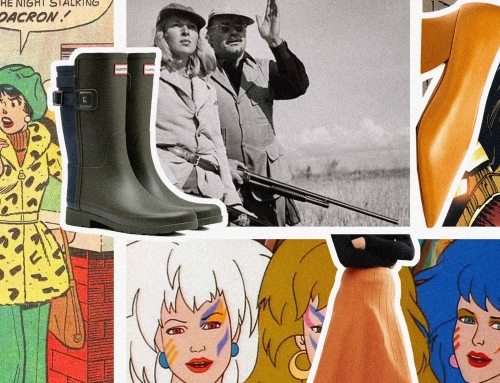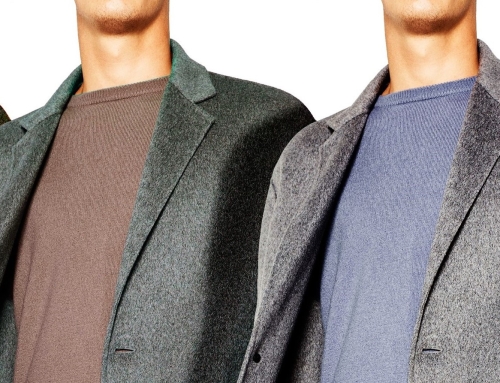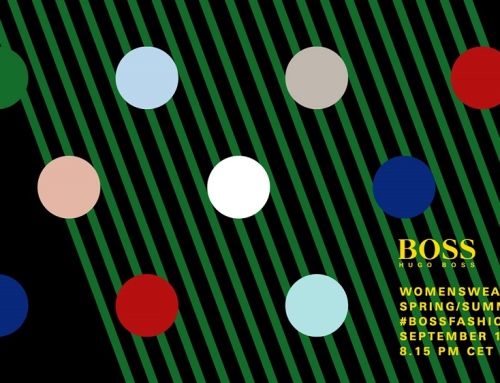On any given Saturday afternoon, one can station oneself in front of a few designated hotspots in the downtown core of Seoul’s urban matrix and take in a free trend report. There is no need to flip through a fashion magazine, all you need is a pad and pen to jot down notes as troops of model-thin Seoullites stomp past you, each one immaculately styled, with looks straight out of Vogue Korea. The women strut by in giant fur vests, swinging their Chanel quilted purses, while the men saunter past in their skin-tight leather bombers paired with Orlando Pita-worthy coiffed hair.
This slick, stylized landscape was one of the main attractions that lured me to South Korea a year and a half ago. Prior to lugging my life across the Pacific, I had put in fourteen years in the quaint ‘burbs of Ottawa and another four in the melting pot of Toronto, where I studied fashion at Ryerson University. I was ready — in truth, itching — to flee the nest and fulfil my longing to reconnect with my Eastern roots, although my roots technically originate from China. And, when I finally set foot in Seoul — a wide-eyed visitor to this hyperbolic fashion environment — I instantly felt a sense of inclusion. It was a homecoming of sorts, a reunion with long-lost cousins, foreign yet familiar.
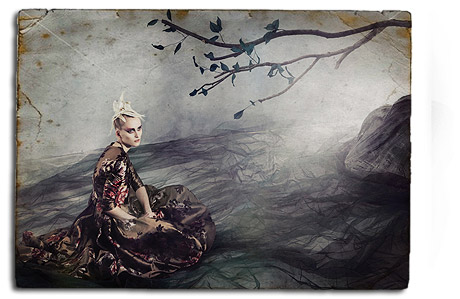
Heren Orient
All photography by Hyung Won Ryoo
However, my cousins didn’t seem to embrace me quite as warmly as I would have hoped. Instead, I was greeted as the black sheep of the family, genetically similar but clearly in breach of fashion protocol. To belong, I would have to decipher the ideology behind the dominant trends.
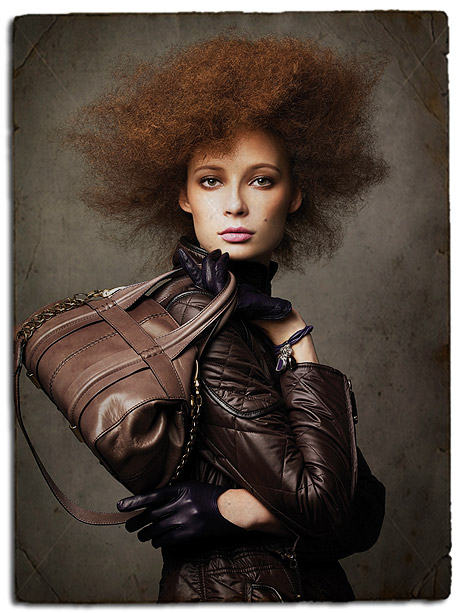
Marie Claire Korea
The rules of conduct were there for me to absorb, advertised on every visual medium, modelled on every celebrity. There was no need to question it: if you were Korean (or, in my case, very Korean-looking), that is what you should look like. I soon banished my chunky H&M boots to the back of my closet in favour of feminine ‘kill heels’ (in Korea this means 4-inch heels or higher), dumped my worn-out vintage leather jacket for a hot-off-the-rack Korean one, and invested in a Chanel Teinte Innocence compact that magically endowed me with the pore-free, creamy ivory skin complexion that every Korean female desires. During my self-managed process of initiation, I did have to draw the line at a) getting a wave perm, and b) investing in a thousand dollar monogrammed handbag. Boundaries, after all, are still necessary, whether striving to amalgamate with the herd or not.
Cultural camouflage firmly in place, I set off to explore Seoul’s bountiful fashion culture. And bountiful it is. Brand-obsessed Koreans have every luxury house at their feet, from the omnipresent Louis Vuitton and Chanel, to lesser-known vanguard labels like Ann Demeulemeester or Maison Martin Margiela, each one housed side-by-side in the upscale districts of Apgujeong and Cheongdam.
According to Korean fashion photographer Ryoo Hyung Won, this is the promised land of the global fashion giant. “Korea has a very strong fashion market,” he says. “Every global luxury brand markets here aggressively because they know Koreans have strong buying power.”
A local industry insider, Ryoo studied and worked in New York City before returning to his homeland in 2005, where he began shooting for the pages of Vogue Korea and ELLE Korea among others, regularly flying back to America on assignment. A denizen of both Eastern and Western cultures, Ryoo understands the manner in which Korean fashion is influenced by the West, particularly by European style trends. “People are interested in fashion, but have a long way to go in terms of people having uniqueness,” the photographer reflects.

ELLE Korea
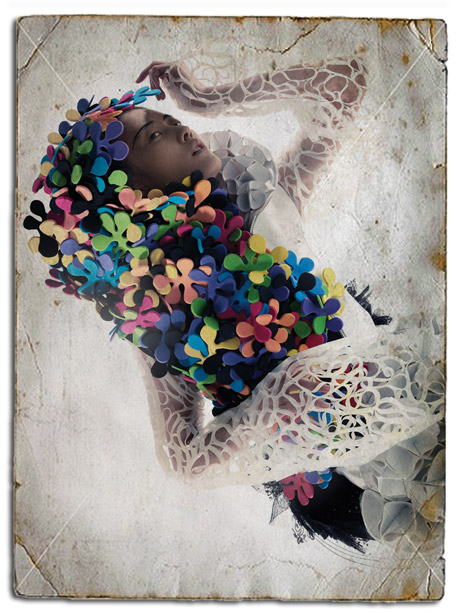
Vogue Korea




